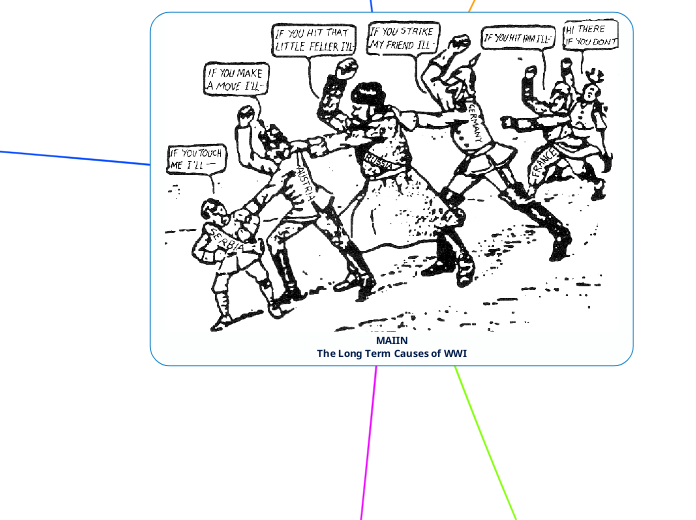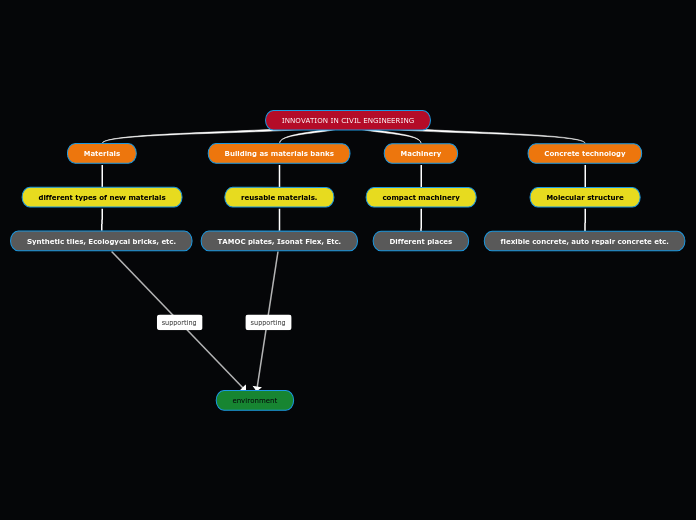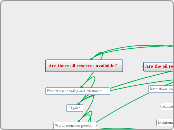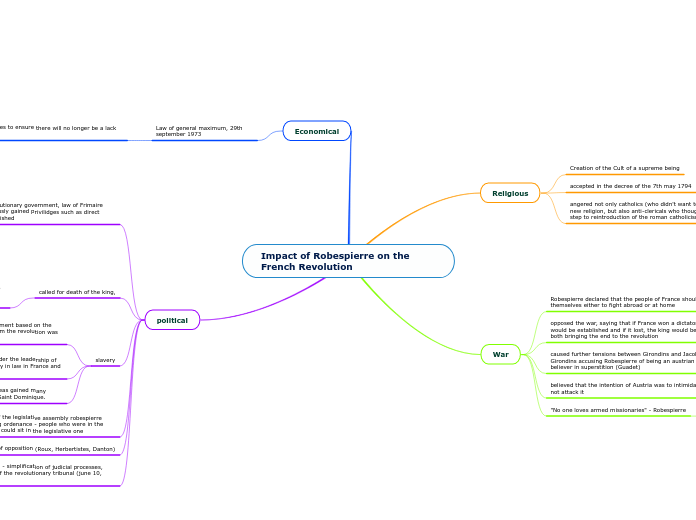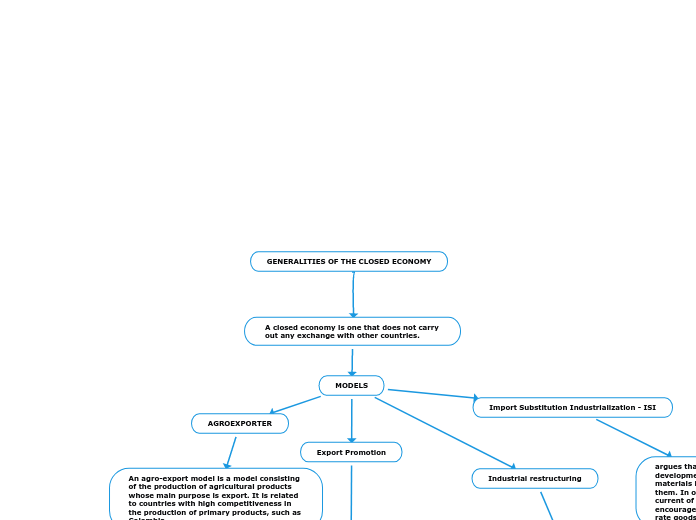MAIIN
The Long Term Causes of WWI
Imperialism
Countires got mad at France and britian because they contiuned to expand spread imperialism in all the countries they conquered.
The policy of extending a nationʼs authority by acquiring territories abroad and. establishing economic and political control over such territories.
Before the war everyone was saying and showing how strong they were and how powerful they were.
Industrialization
Industrialization in WWI was where many farming families
moved to cities to take on manufacturing jobs instead
Advances in medicine allowed for the death rate to become lower, allowing more people to be put into armies
This graph shows the death rates plummeting after 1800
New materials were beginning to be processed at a rapid rate, like:
- Iron
- Steel
- Salt
- Coal
These maps show how resources began to quickly increase in a short amount of time
Industrialization was present in the Great Powers,
The Triple Entente and The Triple Alliance
Triple Alliance Industrialization
Austria-Hungary, Germany, Italy
Italy
In 1899, Giovanni Agnelli founded the Fiat works in Turin. Steel plants were built in Piombino and on Elba; the steel barons launched the powerful Ilva group in Genoa, which opened a plant near Naples in 1908.
Italy industrialized with the building of cars and steel which made the economy grow and helped the country prepare for the war.
Germany
- Germany's unification helped fuel industrialization boom
- Germany's army did not get expanded since 1894, but as the war approached with industrialization fuelling manufacturing, it became important again
- Germany was able to produce Mustard Gas which burnt the throat and chest of victims, suffocating them
- Germany used this in 1917 during the summer against their war enemies
- Before WWI, Germany invented The Zeppelin with the help of industrialization
- The Zeppelin was very light, filled with hydrogen and held together by steel, which would have not been possible without machinery
- The Zeppelin was later used in the war to observe and carry bombs
- Germany was able to create machinery which led to a naval arms race against Britain
- Tensions begin to rise due to how competitive the two nations were being
- The German government created policies to help industrialization growth
- Coal production and iron mining began to increase during the late 1800s
Austria-Hungary
Triple Entente Industrialization
Britain, France, Russia
Russia
Emma
True industrialization didn't kick off in Russia until the late 1800's
Negative affects of Industrialization in Russia
Discontent among the people
War and revolution destroyed the Russian economy.
Child labor
really low wages
Poor working conditions
The growth of factories brought new problems
Subtopic
Russia's economy increased noticeably between 1890 and 1910
Expansion of the Trans- Siberian Railway.
Due to higher exports of natural resources
France
- From the mid 1800s, thousands of farmers left villages to move to cities, quickly causing urbanization
- American industrialist Henry Ford perfected the assembly line concept for his Ford Model Ts
- During WWI "French Henry Ford" André-Gustave Citroën who was an artillery officer left to open an assembly line ammunition factory in Paris
- Using lessons from a trip to an auto plant in the U.S helped André-Gustave Citroën create tens of thousands of shells (ammunition) everyday for the war mostly made by women
- The industrialization period for France began to allow them to build heavy military machinery
- French manufacturing company Renault created more than 3,600 tanks in 1918
- Nearly one quarter of French employees worked in factors by 1870
Britain
- Britain began to change its focus from agriculture to manufacturing in major cities.
- Britain invented tanks as manufacturing started to begin which became a significant vehicle in WW1 used for offensive tactics during the war. (originally created to cross battlefields safely)
- New military equipment like these helped fuel the deadly war and arms race that followed
Alliances
A union between two or more groups who are both expected to profit or benefit from the agreement
Two main Alliances in WW1
Triple Entente
The Triple Entente is an alliance formed in 1907 by Russia, France and England. The alliance stated that these countries would work together to fight against Germany, Austria-Hungary, and the Turkish Ottoman Empire. At the end of WW1 the Triple Entente alliance was disestablished in 1917.
Associated Power
Canada joined the Triple Entente as a "associated power" on August 4, 1914 when they declared war between them and Germany
The United States joined the Triple Entente as a "associated power" in 1917
Russia
August 1, 1914
Germany declares War on Russia.
France
Germany declares war on France.
England
August 4. 1914
Britain declares war on Germany.
Triple Alliance
The triple alliance is an alliance made between Germany Austria-Hungary and Italy that was formed in May of 1882. Germany and Austria- Hungary had been allied since 1872. The alliance stated that they would support each other if they were attacked by either France or Russia. On May 3 of 1915 Italy resigned from the triple alliance and instead attacked Austria-Hungary on May 23, 1915.
Italy
May 23, 1918
Italty declared war against Austria-Hungary at midnight
May 3, 1918
Italy resigned from the Triple Alliance
Austria-Hungary
December 7, 1917
The U.S. declares war on Austria-Hungary.
August 25, 1914
Austria declares war on Japan.
August 6, 1914
Austria declares war on Russia.
July 28,1914
Austria-Hungary declares war on Serbia.
Germany
April 6, 1914
The U.S. declares war on Germany.
August 3, 1914
SubtoGermany declares war on France.pic
August 1,1914
Germany declares War on Russia
Nationalism
Definition
Nationalism is an intense form of patriotism or loyalty to one's country.
Examples from WW1
The Black Hand wanted to drive Austria-Hungary from the Balkans to form a nation called The Greater Serbia. The assassination of Archduke Franz Ferdinand in Sarajevo in June 1914 was the result of this enhanced type of nationalism, which started World War I.
Great powers of -Britain, France and Germany, of the time, had convinced themselves of the cultural, economic and military supremacy of their nation. It fostered delusions about the relative military strength.
National Rivalries in WW1
Main rivalries in WW1
Russia and Austria over the Balkans.
This rivalry was caused by two fortunate countries wanted more territory and people. Austria already had issues with Serbia from the assassination of Archduke Franz Ferdinand, thus they had reasons to take over the Balkans, or at least Serbia.
Germany and France over Alsace.
This rivalry occurred from both countries competing over underdeveloped land that was bordering both nations.
Colony rivalry
First and foremost, colonial rivalry caused tension between the European countries. All of the European nations, with the exception of Austria and Russia, possessed colonies in Africa. As a result, France, Britain, Germany, and Italy frequently engaged in combat.
Types of nationalism showed in ww1
Etnic nationalism
Ethnic nationalism, also known as ethnonationalism, is a form of nationalism wherein the nation and nationality are defined in terms of ethnicity.
Cultural nationalism
Cultural nationalism is nationalism in which the nation is defined by a shared culture and a common language.
Why nationalism affected WW1
Every nation believes that their own nation is superior to the adversary. Both sides will fight to win for their nation in order to demonstrate how devoted they are to it. Even the general populace will sacrifice everything for their nation, even if it means going into battle and risking their lives.
Militarism
Prompted countries to raise the size of their armies and increased militarism.
Alliances
It created tension between Europe and its surrounding countries. Fear was also a key factor as many smaller countries like Italy were afraid of other countries nationalism, so they formed the first triple alliance in 1882.
Militarism
In World War I, militarism was where the military was
held at an extremely high regard, and was given high
priority to achieve certain goals.
During World War I, prominent militarism could be seen in the following countries:
- Triple Entente (Britain, France, Russia)
- Triple Alliance (Austria-Hungary, Germany, Italy)
Triple Alliance Militarism
Austria-Hungary, Germany, Italty
Italy Militarism
In terms of militarism and pre-WWI, Italy:
- Was mostly agricultural nation and was not prepared for large warfare
- Had poor leadership and weren't equipped
- Planned to play a defensive or counteroffensive role
- Had 300,000 during the beginning of the war
- Spent more money in WWI than the previous 50 years
Germany Militarism
Militarism was the strongest in Germany:
- Germany's public had a desire for more armed forces and military equipment to be created
- Germany inventing large military devices such as the Minenwerfer and Big Bertha
- Germany was determined to outdo Britain in terms of the navy
- Germany needed the North Sea for coastal access, but The Royal Navy's presence there let this happen
- Keiser Wilhelm supported the idea of going against Britain
- Kaiser Wilhelm ordered funding for eleven battleships to be built over seven years (naval race against Britain)
Austria-Hungary Militarism
Austria-Hungary had poor militarism, as:
- Austria-Hungary had the least developed military
- The empire couldn't supply or prepare their armies
- Austria-Hungary had a weak airforce compared to the other Great Nations
- Austria-Hungary was divided into the two nations of their union
- Difficult to develop military due to the Dual Monarchy (each nation has its own government) of the union
Austria-Hungary Military Divides:
- Issues in communication due to Austria-Hungary being two nations
- Multiple languages and cultures made it difficult for commanders to send troops into battle
Triple Entente Militarism
Britain, France, Russia
Russia Militarism
Russia entered WWI with:
- Plans to spend funding on the army after their defeat from Japan
Russo-Japanese War and its Cause on Militarism in Russia:
- After Russia lost the war against Japan (1905), the tsar (Emperor of Russia before 1917) began a rearmament program
- Between 1908 and 1913, Russia spent around $435m USD on defence and military
- Russia's defence spending grew by around one third
- 45% of Russian government spending was used for the armed forces
- 5 million troops when fully mobilized (but not enough arms to supply each troop, with only 4.6 million rifles)
France Militarism
France was involved with Germany during the years leading up to WWI:
- Both nations doubled their armies before WWI
France and Germany were involved in an arms race where:
- Each nation doubled their armies between 1870 and 1914
- France ended up with around 4 million soldiers by 1914, and Germany ended up with over 4.5 million soldiers
- These numbers were much more than most European countries
- From 1870-1871, France and Germany fought in the Franco-Prussian War
- France heavily mistrusted Germany
The Franco-Prussian War:
- Prussia (largest German Kingdom before Germany's unification), won against France
- Prussia took over Alsace-Lorraine due to France's defeat
- This caused France to be resentful towards Germany and heightened their tensions before World War I.
Britain Militarism
In terms of militarism, Britain was heavily involved with
the naval arms race with Germany, where:
- Dreadnoughts began to be built
The HMS Canopus
In 1898, Germany began to create a fleet. The arms race took off in 1906
- Britain created a new battleship called the dreadnought
- HMS Canopus, Britain's dreadnought was designed to fire heavy guns
- Germany changed its focus to funding the army, and from 1910 onwards the relationship between the two nations was strained
- German and Britain press and public insisted on more battleships
- German Emperor Keiser Wilhelm intended to create a bigger
naval army than Britain
Keiser Wilhelm (pictured)
Britain declared that Germany was a threat to their empire
due to Keiser Wilhelm's desire to outdo Britain in terms of military vessels (1900-1914)
- Britain had the most powerful naval force in the world
Britain needed The Royal Navy for two main important reasons
- The Royal Navy helped to protect Britain's trade, as Britain's economy heavily relied on trades sent by sea
- The Royal Navy served as a blockade for any potential invasions as Britain was only accessible by sea
Militarism shaped multiple different factors during
World War I, including:
- Arms race (new technological military inventions)
- Increase in defence spending
- Change public opinion
- Spread different propaganda
Militarism caused an arms race, where:
- Rival nations compete to build their armies
to be stronger than the other
- Rival nations build their armies to look
better than the other
Militarism caused newspapers to spread different propaganda, such as:
- Military leaders shown as heroes
- Speculating the possibility of war
- Showing rival countries as aggressive and dangerous
